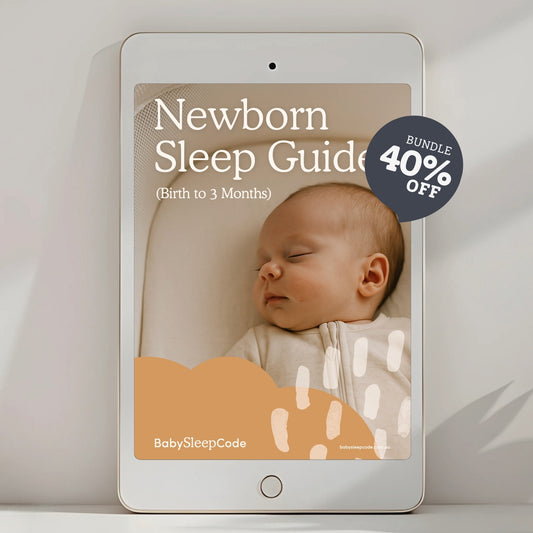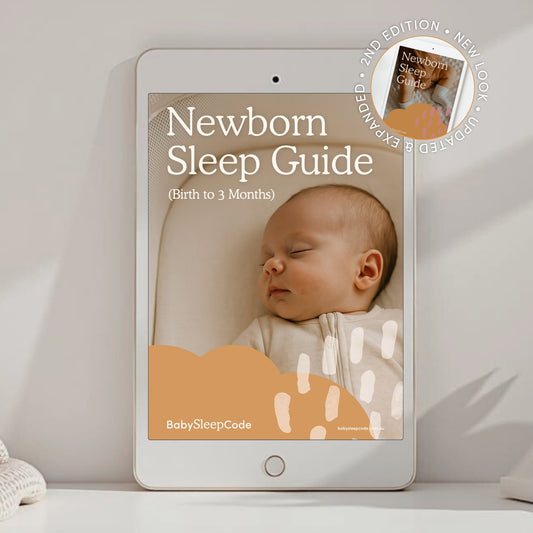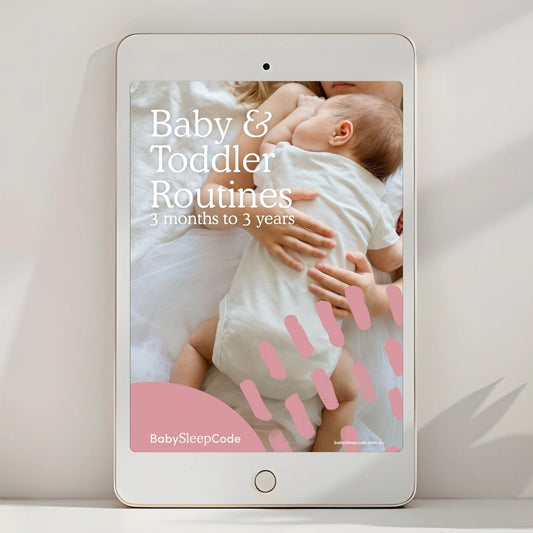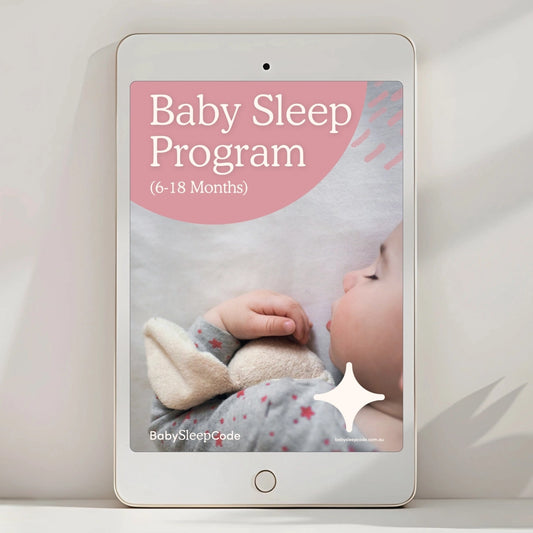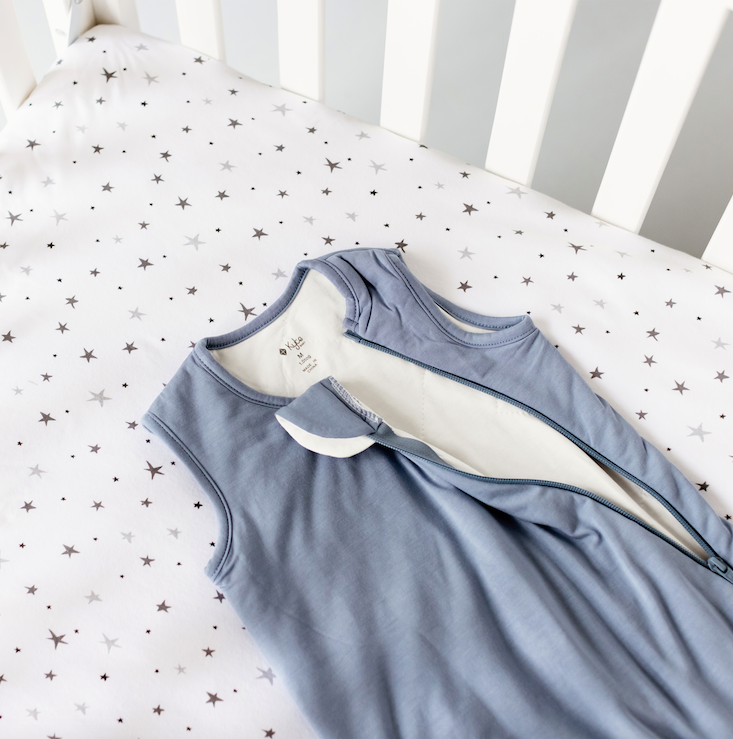Considering whether to introduce a dummy? A ‘dummy’, ‘pacifier’, or ‘soother’ can both help and hinder sleep.
The benefits of introducing a dummy for sleep:
Soothing Mechanism: Feeding and non-nutritive sucking has a lovely calming effect for babies. Particularly for newborns who still have a strong sucking reflex. There’s some evidence to suggest pacifier use can be helpful in managing reflux symptoms as well.
SIDS Risk Reduction: Some countries, such as the US, have advocated for the use of pacifiers during sleep to potentially reduce the risk of SIDS. The American Academy of Pediatrics (AAP) guidelines state “try offering your baby a pacifier at naps and bedtime”. But “If the pacifier falls out after your baby falls asleep, you don't have to put it back in”. In other countries, like Australia, pacifier use is not discouraged, but is not advocated as a risk reduction strategy.
Sleep Association: Pacifiers can serve as a positive sleep association, helping a baby associate the act of sucking with sleep and making the transition to sleep easier. A newborn sleep specialist can provide guidance on the appropriate use of pacifiers, as they can also be helpful in encouraging naps on the go or in unfamiliar places.
The potential pitfalls to introducing a dummy for sleep:
Sleep Disturbances: Despite the intention of helping babies sleep better, pacifiers can inadvertently lead to sleep disruptions. Some babies can start to wake very frequently whenever the pacifier falls out.
Negative Side-Effects: Pacifier use has been associated with a higher incidence of respiratory, ear and gastrointestinal infections, accidents and dental malocclusion, as well as a potential negative impact on breastfeeding. The AAP strongly recommends weaning children from pacifiers in the second six months of life to prevent otitis media.
Weaning Challenges: After 9-12 months of pacifier use it can generally become an attachment object and parents can find it challenging to wean them off the pacifier without a lot of emotional tears.


